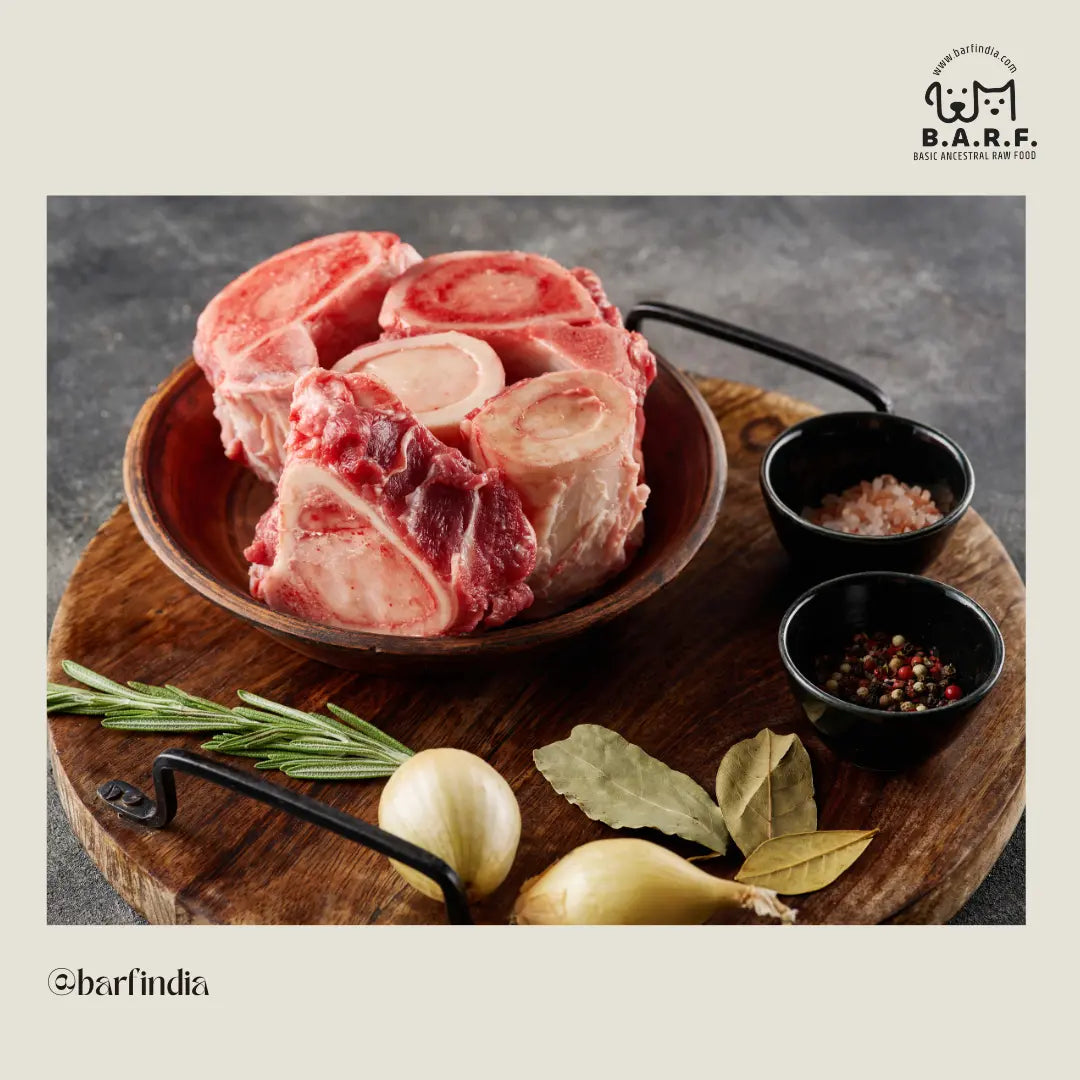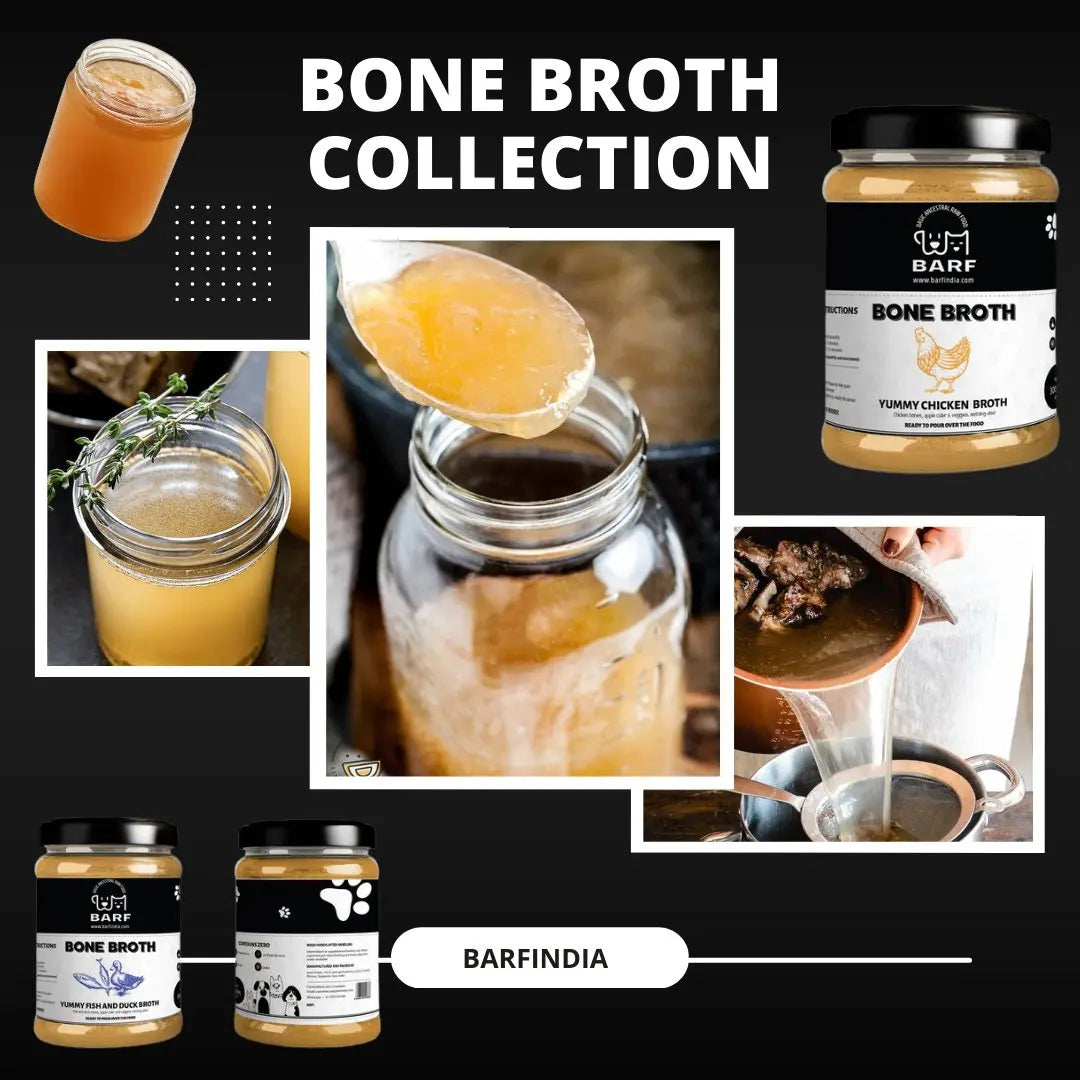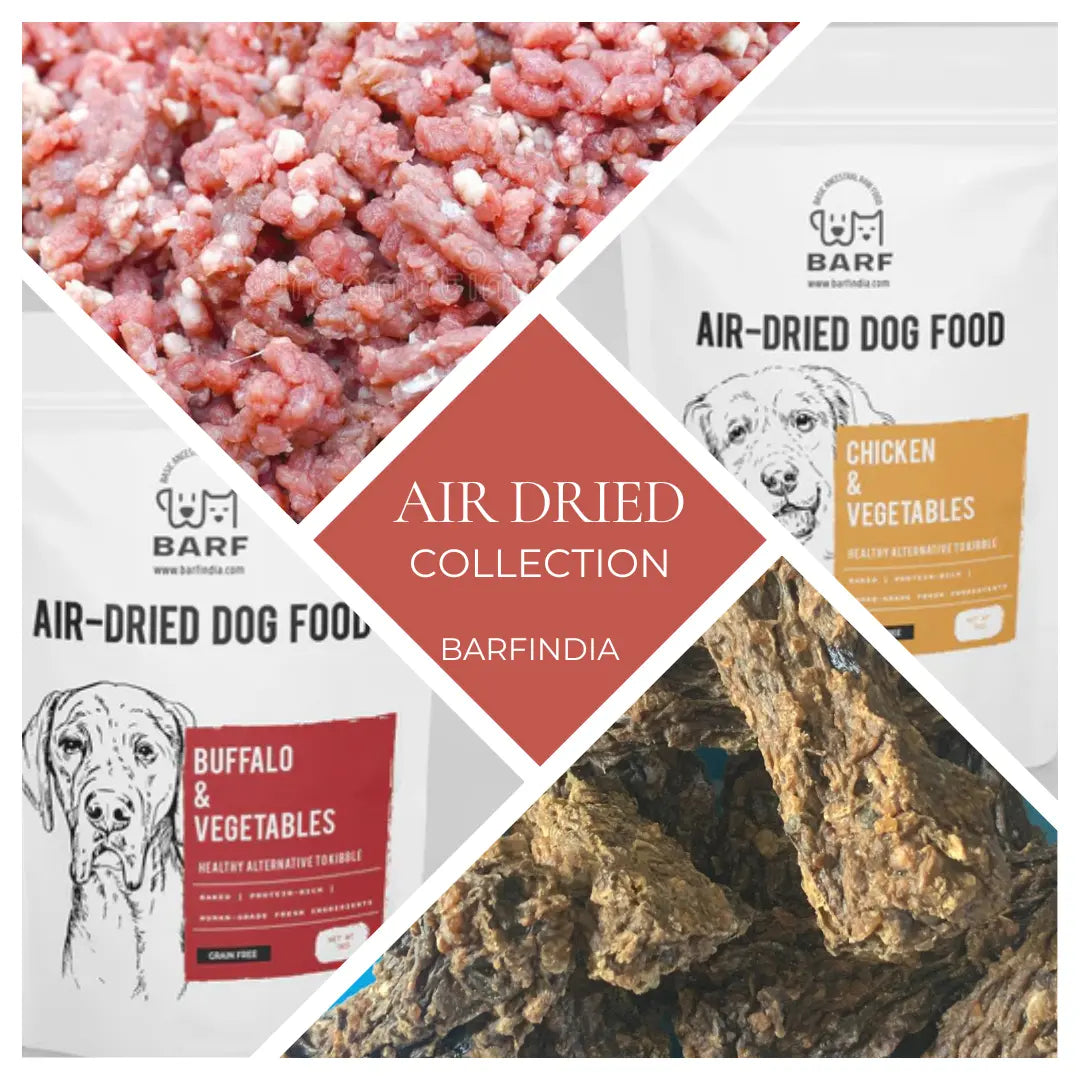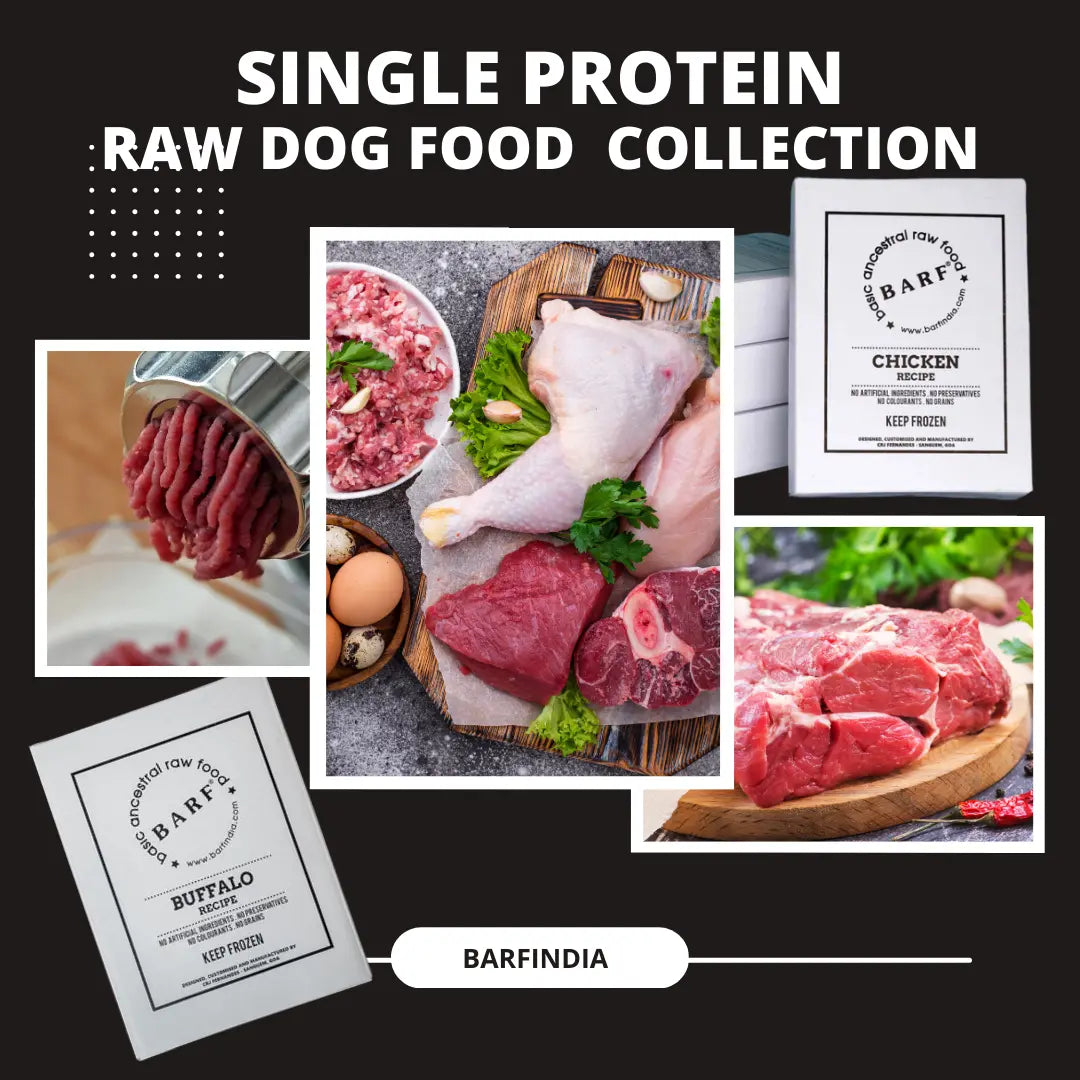
Raw Meaty Bones for your dogs dental health.
B.A.R.F. India AdministratorImportance of raw meaty bones in your dog’s dental health
February is Pet Dental Health month, and you can easily help your pet dog get clean teeth and healthy gums without taking him to the vet for a professional cleaning. Yes, it’s quite possible to improve your dog’s oral health at home, in a way that is safe, natural, and effective. The answer lies in raw meaty bones. Before you react and tell me that bones are dangerous, let me reassure you that they are not. Definitely not raw bones, and definitely not if you follow certain tips and take a few precautions when feeding them. Let me tell you a little more about raw meaty bones and why they’re perhaps one of the best ways to keep your pooch’s teeth and gums healthy. 
Benefits of raw meaty bones:
Rich source of calcium and phosphorous:
Raw meaty bones are a treasure house of lots of different essential nutrients that your dog needs. However, since they are bones, they are mainly a rich and natural source of calcium and phosphorous. No marks for guessing that calcium is essential for building strong teeth and bones. In addition, the mineral is also excellent for muscle contraction (such as in the pumping of the heart), nerve impulse transmission, blood clotting, etc.
Keep the mouth clean:
will help your dog get pearly white teeth, but that’s not the only benefit. Chewing on raw meaty bones is a great way to achieve good oral health. When your dog eats these bones, he has to tear, rip, and really chomp down on raw bone, meat, and tendons. These actions do an excellent job of keepingyour pooch’s mouth clean and healthy because of the extra work the teeth and gums need to do.
Does away with tartar and plaque:
Chewing on
works like a brush (and floss) for your pet. The bones scrape against teeth and gums, and help get rid of any tartar and plaque. This action also prevents food build-up, which can lead to gingivitis and other periodontal diseases. Periodontal diseases are a concern for pet owners with more than 85% dogs over the age of 3 suffering from some form of mouth disease. As a pet parent, you should take periodontal disease seriously as these can be fatal if toxins and bacteria in the mouth get into the blood stream and reach other parts of the body. Other than that, the disease can be incredibly painful for your dog too. If you’re convinced and have decided to feed your dog raw meaty bones, keep in mind the following points to ensure the safety of your pet.
Always feed RAW bones
The stress here is on the word raw. Whatever you do, do not be tempted to feed your dog cooked bones from your meals. Cooked bones are brittle and can splinter, which can cause perforation in the stomach linings or damage other sections of the digestive tracts. Raw bones are soft and they won’t splinter when your dog chews on them. And don’t worry about whether your dog can handle raw bones or not – their digestive system, with its strong stomach acids, has evolved to digest raw boneseasily.
Feed bones with the right density
Check on the density of the bones before feeding them. You can feed dense bones such as ribs, poultry frames, etc. to your dog but stay away from weight-bearing bones (leg bones) of large animals, like cows or sheep. The bones are dense and your enthusiastic chewer might bite down too hard and crack a bone.
Make sure you feed the right size
This is very important. When I say right size, I am talking about feeding bones that are bigger than the mouth which forces your dog to cut the bone into a bite-sized piece instead of swallowing it whole. While this is something to watch for in dogs recently introduced to bones, you must keep an eye out even if your dog has plenty of bone-eating experience.
Feed raw meaty bones
It’s alright to occasionally offer plain raw bones but as far as possible, feed your dog raw meaty bones, which means bones with meat still attached to them. This is what our dogs have evolved to eat and this is the right way to feed raw bones. The combined action of ripping, shredding and tearing the meat off the bone is what keeps their teeth clean, slows them down and stops them from swallowing the bone whole.
Supervise your dog while eating the raw bone
Like mentioned above, you must keep an eye on your dog when he’s eating, especially when eating raw meaty bones. This is important even for experienced chewers because if your dog starts to choke or has any other problem while eating, you should be around to help them immediately.
Feed dogs separately
If you have more than one dog, it goes without saying that you should give each dog space and the comfort of eating in peace. You wouldn’t want fights because one got too close to the other. Or in the fear of losing their bone to someone, your dog might swallow it too quickly.
Make a slow transition
If this is the first time your dog is eating raw bones, transition him slowly. You might see a bit of blood in their mouth or around their gums. Don’t panic. The bone is acting as a brush and floss and the gums will bleed a little until they toughen up. It’s the same as what happens to us when we start to floss after a long period of not flossing. However, if it’s a lot of blood that doesn’t seem to stop, then you need to investigate or head over to your vet. You might also notice some small bone pieces in their stool, or they might bring up some bone initially. That’s just their body getting used to the intended diet. Keep an eye on the stool. If it’s loose, you can add more bone, and if it’s dry and crumbly, you might want to consider feeding a little less. 
Conclusion
Raw meaty bones are a great addition to your dog’s meal if you’re already feeding species-appropriate food or you’re looking to transition. Your dog super clean teeth, better oral hygiene and you save money on vet visits. What’s not to like about this?



